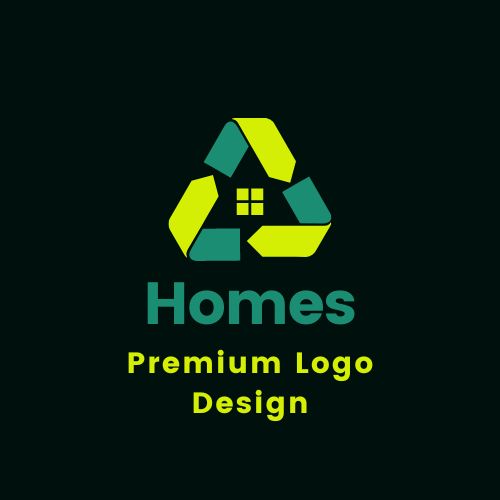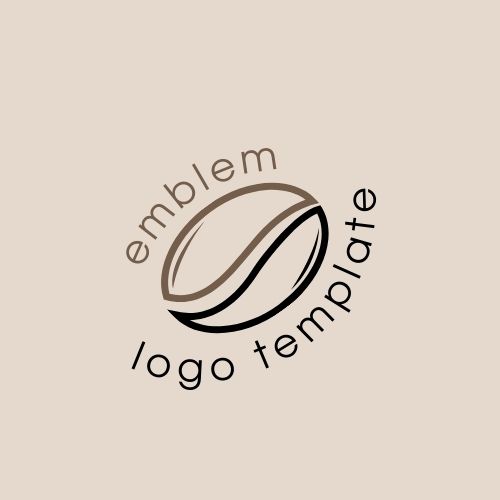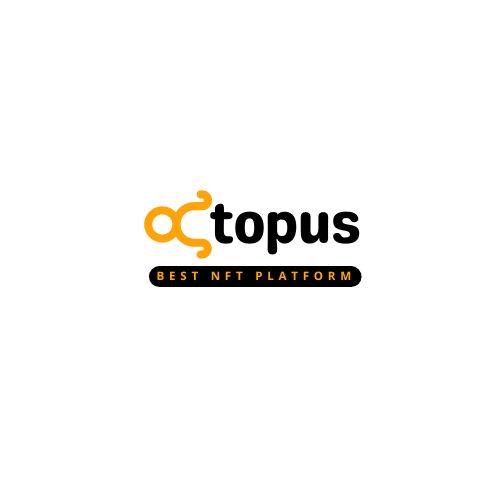Your logo is often the first visual representation of your business that customers encounter. Let our expert designers create a visually striking and memorable logo that leaves a positive and lasting impression on your target audience.


A wordmark (a.k.a. logotype) is a company’s name in a certain typeface. In other words, it is the name of a business written out in the same typeface as its logo.
If you’re looking for a wordmark, there are a few things to keep in mind. Some brands, like Coca-Cola, create their own custom typeface. However, this can be time-consuming and requires the skills of a professional designer. Alternatively, you can choose from thousands of fonts that reflect your brand’s vibe and attitude. Modern logos will generally use sleek sans serif fonts, while trendy logos might require more elaborate typefaces. Consider whether to go for all caps (capped letters), small letters or a mix of both and whether to add any special characters or color to your logo.
The company Wix, the soda Coca-Cola, the sandwich Subway, mattress company Casper and cereal company Kellogg’s are all examples.

We create visual identities for brands to represent their ideasLetterforms are one-letter logos that only include the first letter of a company’s name. A wordmark or logotype is another version of a company’s logo, which includes its full business name and can be used in different circumstances.
Because letterform logos are small, they can be scaled up or down to any size. Even when used in minuscule dimensions, they’re likely to stay recognizable. This makes them ideal for app icons, favicons, and social media profile pictures.
For brands that are already well-known, letterform logos can help reinforce brand awareness. Other brands may find it tough to get people to remember their names. Letterform logos are beneficial for companies with long names.
McDonald’s, Netflix, Uber and Pinterest are some examples.

Monogram logos are made up of the brand’s initials. Brands that use monogram logos, like IBM and NASA, are typically referred to by their abbreviated form—IBM and NASA.
Similarly to logos, letter marks can be made by using custom typefaces or by finding fonts that successfully convey your brand identity. Make sure to take into account typography parameters like kerning (the spacing between characters), width, weight, and style when designing your letter mark.
In certain industries, brands shorten their names to create an abbreviation. If you operate in one of these industries and have a long name, you may want to consider using the abbreviation for your logo.
Some examples are CNN, HBO, HP, and Louis Vuitton.

A logo symbol is a graphic icon, symbol, or image that represents the brand’s identity. It reflects the real-world objects, people, and situations associated with the brand. A great example of a logo symbol is one that you instantly know which brand it is when you see it.
When choosing an emoji to represent your brand, consider what will symbolize your company. Do you want it to be a literal representation of your name, like Apple? You can also use emojis to subtly suggest the values or message you want to convey. For example, Twitter’s bird faces upwards, representing hope and freedom.
Creating a logo for your brand can be a challenge; especially if you are a fairly new company. As your company grows, changes, and adds new products, it could take time for customers to recognize your logo and connect it to your brand.

These are non-representational logos that use abstract forms to reflect a company’s branding. Pictorial marks actually depict something, while abstract marks use metaphors to communicate a message.
Abstract logo marks give you the chance to create something highly unique. To create an abstract logo, pinpoint your brand’s core values and represent them in a simple, geometric form that will evoke the right emotions and messages. For example, in addition to looking like the letter ‘A’, Airbnb’s logo is reminiscent of the familiar ‘location’ icon as well as being an abstracted form of an upside-down heart.
If you decide to create this type of logo, make sure you’ve solidified your brand identity and know exactly what it is that you want to convey to your audience.
Some examples are Airbnb, Nike, Chanel, and Google Drive.

Mascot logos are illustrated characters that serve as visual representations of a brand. They can be fictional or real, as long as they reflect the brand’s identity.
The use of mascots in company logos is a popular way to bring customers closer to your brand and help them identify with it. Logos for companies that market to children or families are often designed as mascots since people naturally resonate with other humans or characters. You can also use a mascot as part of your branding to create fun and playful images that appeal to your audience.
Mascots are friendly and engaging, so they work well for social media and marketing campaigns. However, because they’re often made up of more details than a standard logo, you may need to create a simplified version of them for favicons or business cards.
Some examples are Tony the Tiger by Kellogg’s, Colonel Sanders by KFC, and Michelin Man by Michelin.

Emblems are a subset of badge logos that incorporate text with symbolic imagery. They have a traditional feel and look like crests.
If you’re considering whether an emblem is right for your brand, think about the industry you’re in. While there are no rules, many businesses use emblems for their logos. Businesses that typically use emblems include universities, sports teams and coffee brands. A current logo trend is a contemporary take on the emblem, opting for a more minimal approach, which usually involves vector illustrations and clean lines.
Emblems can also be used to add a slogan that reflects your brand’s message. When creating an emblem, take into account that due to its detailed nature, this type of logo doesn’t always work well on a smaller scale. In those cases, try creating a simpler alternative.

Combination logos include both words and images. In a combination logo, the image could be an icon supporting the wordmark, or a letterform and mascot together on one image. Brands that have a main combination logo sometimes split up their text and imagery to fit better with different contexts.
Combination marks are popular with both small and large brands, as they allow businesses to create different variations of a logo and use them for different purposes. You can easily see how Lacoste uses their combination mark on their website design while most of its products only feature the much-loved and recognizable green crocodile.
Use a combination of text and an icon or symbol to start out, helping you build brand recognition. With time, you’ll have the freedom to use just the text or just the icon, while remaining recognizable. Also, supporting your text with icons, symbols and other forms of imagery helps potential customers understand what your brand is all about.

Dynamic logos are versatile in that they can take on many forms. Although a general rule of logo design is consistency, dynamic logos thrive on this very consistency. They require a basic framework that serves as the core motif for any and all versions of the logo.
For example, think about the time you open your Google browser and see the familiar wordmark logo transformed into shapes that represent holidays or celebrations. Even though the logo changes each time, you always know it is Google. The company has enough clout to make these kinds of adaptations and still maintain its brand messaging.
While you shouldn’t be afraid of change, don’t get too carried away with constant adjustments to your logo. As customers start to make positive associations with your brand, you want them to nurture that connection. You’ll always want to maintain a consistent look for your business’s logo.
Regardless of the type of logo you choose, always keep in mind that mindful design will elevate your brand and ensure that customers will remember your logo in their minds long after. Over time, consumers will build positive associations with your logo and your brand, which ultimately adds value and trust. Now that you know which type of logo is right for you, it’s time to create it. Our logo maker allows you to customize text, typography, colors and shapes. You can test out different types of logos with this free tool to craft the perfect one.
When it comes to achieving our clients’ goals, we stop at nothing. Our relentless pursuit of excellence drives us to explore new avenues, strategies, and technologies to stay ahead of the curve. We’re not content with the status quo; we continuously seek innovative solutions to help our clients thrive in the ever-evolving digital landscape.
Exploration is at the heart of our agency. We have an insatiable curiosity for the digital world, and we love to explore its vast and ever-changing landscape. Whether it’s diving into emerging trends, experimenting with cutting-edge tools, or analyzing data to uncover hidden insights, we are always eager to explore new possibilities and opportunities for our clients’ success.
In the fast-paced world of digital marketing, it’s easy to get overwhelmed. However, at Infinutus, we understand the importance of taking things step-by-step. We believe that a well-thought-out strategy, executed with precision, is the key to achieving long-term success. We break down complex challenges into manageable steps, ensuring that every aspect of your digital marketing campaign is meticulously planned and executed.
In a world filled with complexities, we believe in keeping things simple. Our approach to digital marketing is focused on clarity and transparency. We communicate with our clients in plain language, demystifying the intricacies of the digital landscape. We believe that simplicity is the key to building strong, lasting relationships with our clients.
At Infinutus, we are firm believers in the power of hard work and dedication. We understand that success in the digital realm is not a mere stroke of luck but rather the result of relentless effort and commitment. Our team of passionate professionals works tirelessly to ensure that our clients receive the best possible results. We don’t shy away from challenges; instead, we embrace them as opportunities to showcase our dedication to your success.







